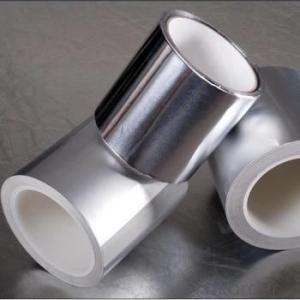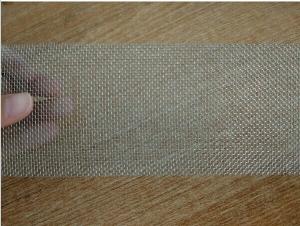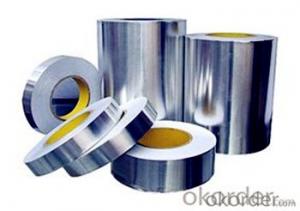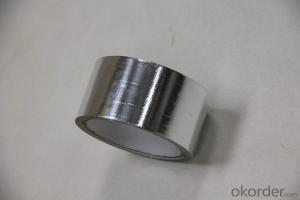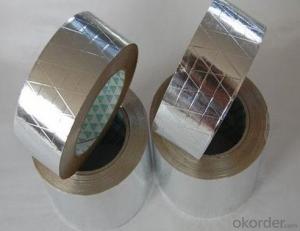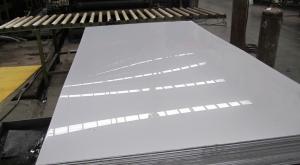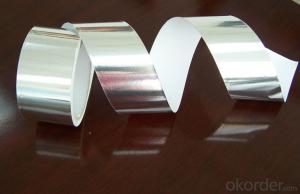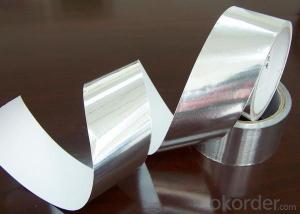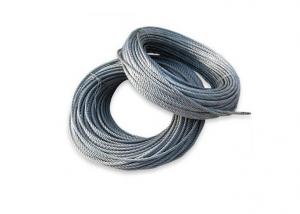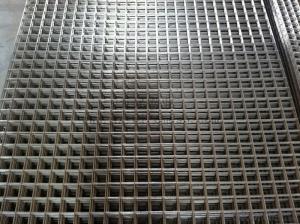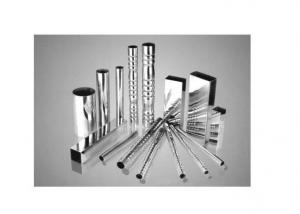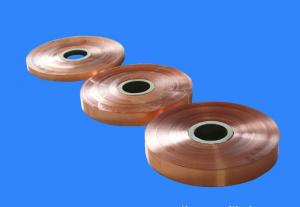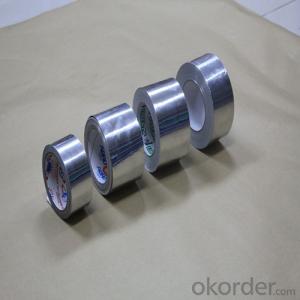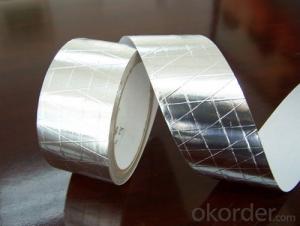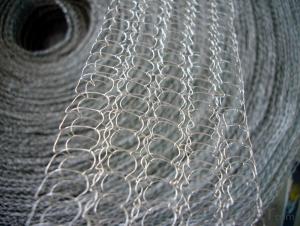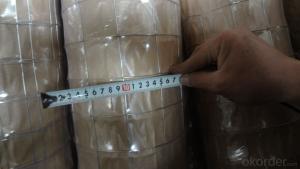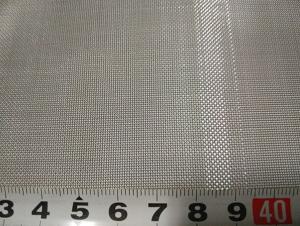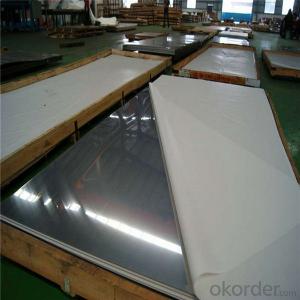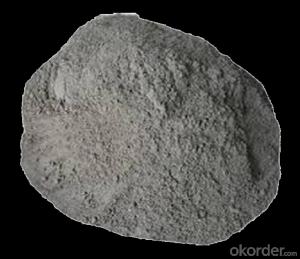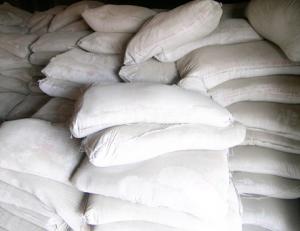Stainless Steel Foil Tape
Stainless Steel Foil Tape Related Searches
Stainless Steel Tape Stainless Steel Tap Stained Glass Copper Foil Tape Foil Tape Lead Foil Tape Stainless Steel Tape Measure Reinforced Foil Tape Copper Foil Tape Stainless Steel Flue Pipe Glass Foil Tape Stainless Steel Threaded Pipe Stainless Steel Tubes Stainless Steel Coil Tubing Stainless Steel Strap Gold Foil Tape Stainless Steel Rope Chain Stainless Steel File Stainless Steel Pipes Stainless Steel Screen Pipe Stainless Steel Flex Pipe Stainless Steel Pipe Flange Stainless Steel Tubeing High Temperature Aluminum Foil Tape Reinforced Aluminium Foil Tape Stainless Steel Piping Stainless Steel Tie Wire Stainless Steel Flask Stainless Steel Adhesive Stainless Steel Tiles Stainless Steel Tube FittingsStainless Steel Foil Tape Supplier & Manufacturer from China
Stainless Steel Foil Tape is a versatile product that consists of a thin layer of stainless steel bonded to a pressure-sensitive adhesive backing. This tape is designed to provide excellent resistance to corrosion, heat, and chemicals, making it suitable for a wide range of applications. It is commonly used in industries such as food processing, pharmaceuticals, and construction due to its durability and ability to withstand harsh environments.The Stainless Steel Foil Tape is widely employed in various applications, including sealing and patching purposes, as well as providing a barrier against moisture and contaminants. It is particularly useful in situations where a strong, long-lasting seal is required, such as in the sealing of joints in stainless steel tanks, pipes, and ductwork. Additionally, it can be used for wrapping and protecting cables, hoses, and other equipment that may be exposed to harsh conditions or corrosive substances.
Okorder.com is a reputable wholesale supplier of Stainless Steel Foil Tape, offering a large inventory of this high-quality product. They provide customers with the convenience of purchasing in bulk, ensuring that businesses have a steady supply of this essential material for their operations. With their extensive stock and competitive pricing, Okorder.com is the ideal choice for those seeking a reliable source for Stainless Steel Foil Tape.
Hot Products




